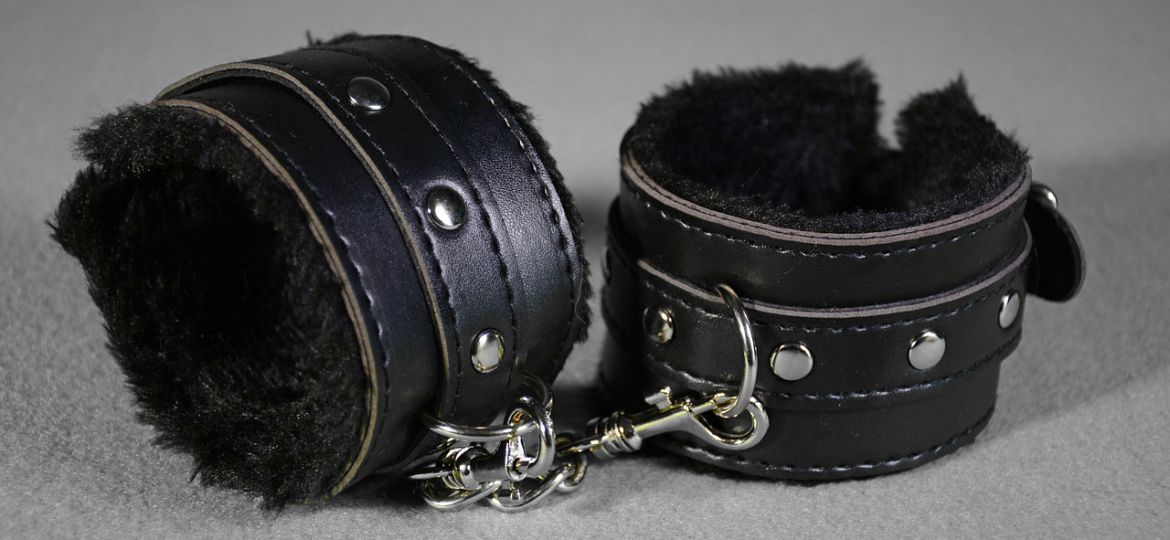
I feel a bit disappointed about how safety is commonly defined. We all talk of ‘safe’ as some place where we are not in danger. Well, the truth is there is danger everywhere. So, maybe before we even delve into the subject of safety and sexuality, it is imperative that we take a moment to pause and see what safety and sexuality could even mean.
Consider this: all my childhood I was taught that most men are not safe, that they would try to prey on me sexually. Now if that were the case, where could I be truly safe, except for in the depths of my own heart and mind? Heart, mind, world, all would be lonely and bleak.
In my adult life I have seen aggressive people. Not only men, but also women, queer folk, and people with other sexual orientations. A lot of this aggression stems from insecurities and a sense of feeling unsafe, just like mine does. Some other aggressive behaviour manifests as passive aggression, or microaggression. A lot of this is sexist in nature. A lot of this is laced with sexual innuendoes.
On the other hand however, there are also people in the same communities, who whole-heartedly accept me for who I am, don’t make unwanted passes at me, have taught me safety protocols, have demonstrated behaviour that kept me safe during the times when I was most vulnerable. All these people, with almost no exception, were highly communicative people. The rare exceptions were not interested in me sexually.
Would it then, be OK to say that sexuality and safety can go hand in hand only when communication happens? Is it OK to say, whether it’s by a safe word, or a safe call, that it’s about knowing that there is someone you can communicate with? As a matter of fact, for a BDSM practitioner like me, my standards of safety go beyond the usual standards of sexual safety. They are not just restricted to safety from STIs, but also to physical safety when it comes to bondage or impact play (experiments with pain inflicted through some or the other form of beating).
The levels of consent involved in the kind of sexual activities I engage in, the levels of verbal as well as non-verbal communication, the levels of risks involved, are all significantly higher. That is why safety is a key concern. Here are some of the ways that I have learnt to address it.
- Safe calls – When I go to ‘play’ with someone, both my play-partner and I ensure that some close, trustworthy friend knows about where we are, with whom and for how long. I use this protocol even more with people who I do not know that well. There are trigger words to use with a friend to communicate that one is under duress with a play-partner, there are protocols set in case we don’t respond to calls etc.
- Safe words – There are times in a session when one needs to stop, or at least to slow down. This may be because of something that happened within the session, or maybe because of something else. However, more often than not, if one just says ‘stop’ it’s possible that the request is misconstrued or goes unheard in the moment. On the other hand, if one says ‘pumpkin’ (or some other agreed upon word), there is no way to misconstrue it.
- Non-Verbal cues – Sometimes when people indulge in gag-play, they set nonverbal cues, like dropping a handkerchief, or a ball. At times, people set up as a cue the number of nods, or shakes of head, when questioned. However, personal experience shows that in moments of intense play, people might be nodding or shaking their head in agony or ecstasy. Hence, not a great sign. That said, people decide upon their signs differently, based on their comfort, experience and understanding of each other’s body, mind and compatibility.
Of course there are long, intense conversations that go on, before and after the sessions, sometimes even as a part of the session, especially so in long-term relationships. The idea is to look beyond safety without bypassing it. For only in a safe,, consensual and respectful scene can one truly relish and cherish one’s sexuality.
Cover Image: Pixabay